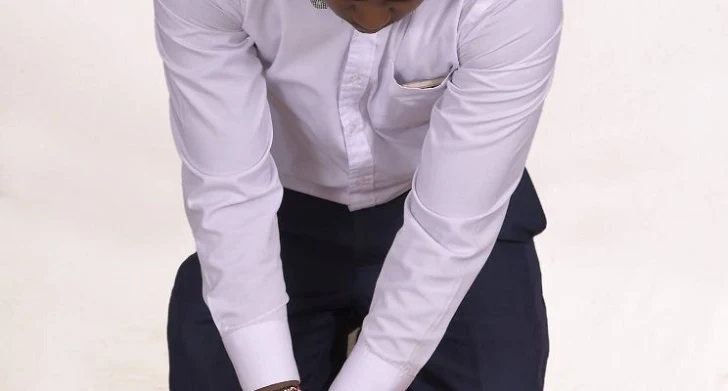If your child’s heart suddenly stops working, would you know what to do?
To check for breathing, use the acronym LLF(Look, Listen, and Feel) Look to see if their chest is rising and falling. Listen over their mouth and nose for breathing sounds. Feel their breath against your cheek for 10 seconds.
Quick! Someone is choking! Seconds count because the brain
can’t go without oxygen for more than 5 to 10 minutes without suffering
irreversible brain damage. When an object becomes lodged in a person’s throat,
it can stop them from breathing immediately. Stand behind a victim, wrap your
arms around them, make a fist, and grab it, then press it into their upper
abdomen. Several quick thrusts should help dislodge the object and get the
person breathing again. Just in case, and especially for babies and children,
learn the proper technique in a course.
Among the many basic life-saving skills everyone should know
is how to help stem the flow of blood from a cut artery, vein, or other wound.
Stopping bleeding doesn’t require much training, but again, an in-person first
aid class is a good idea. Until then, know that all you have to do is apply a
piece of cloth—shirts, towels, and the like work well—to the wound and hold it
down with direct pressure. Raise the injured area above the heart as well.
There are pressure points on the upper arm and leg you can hold down as well to
slow the flow of blood.
Shock occurs when the body’s blood flow diminishes due to a
life-threatening injury, loss of blood, and other trauma. Shock can kill just
like any major injury, so it’s important to recognize and treat shock while
treating other issues. Shock can manifest as dizziness, fainting, cool or pale
skin, clamminess, and other unusual changes in the body or the person’s
behavior. Keep the person calm and still, cover them with a blanket, elevate
the feet so the blood flows toward the brain, and don’t let them drink or eat.
